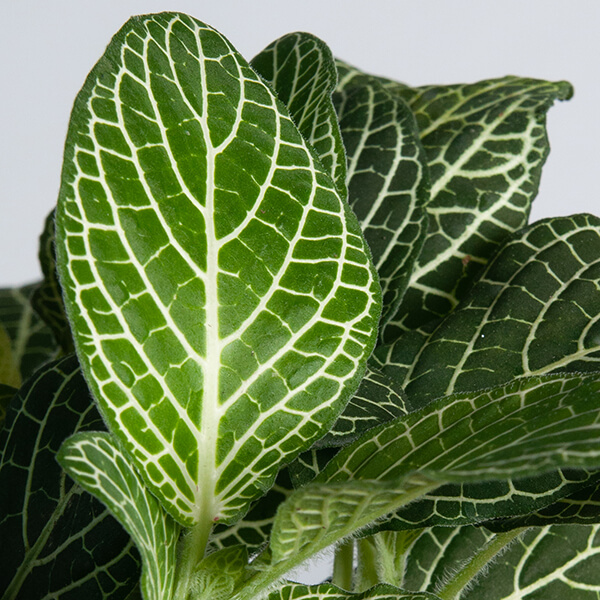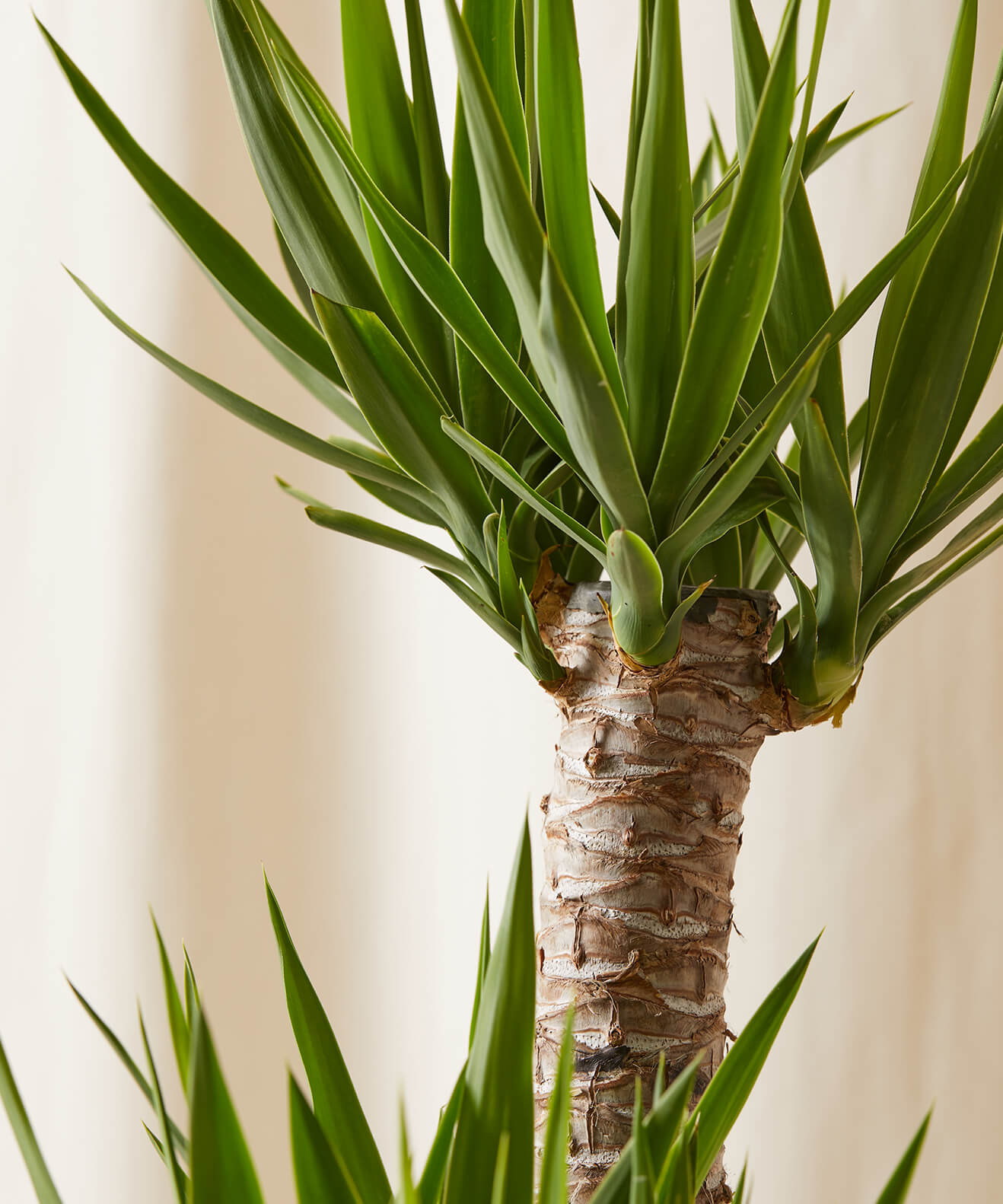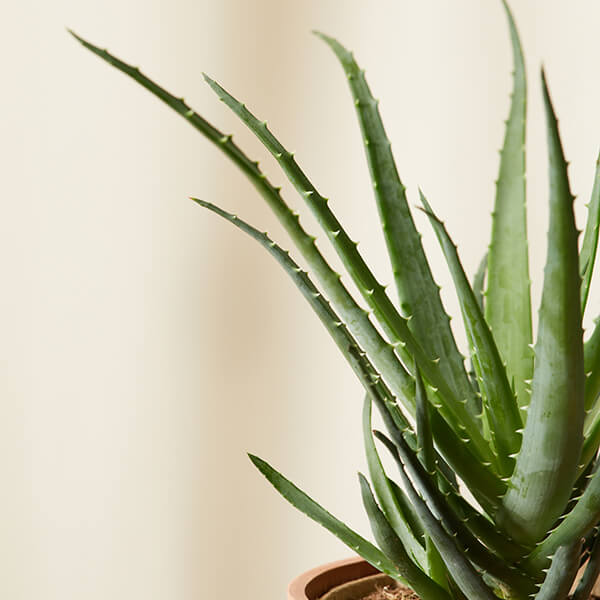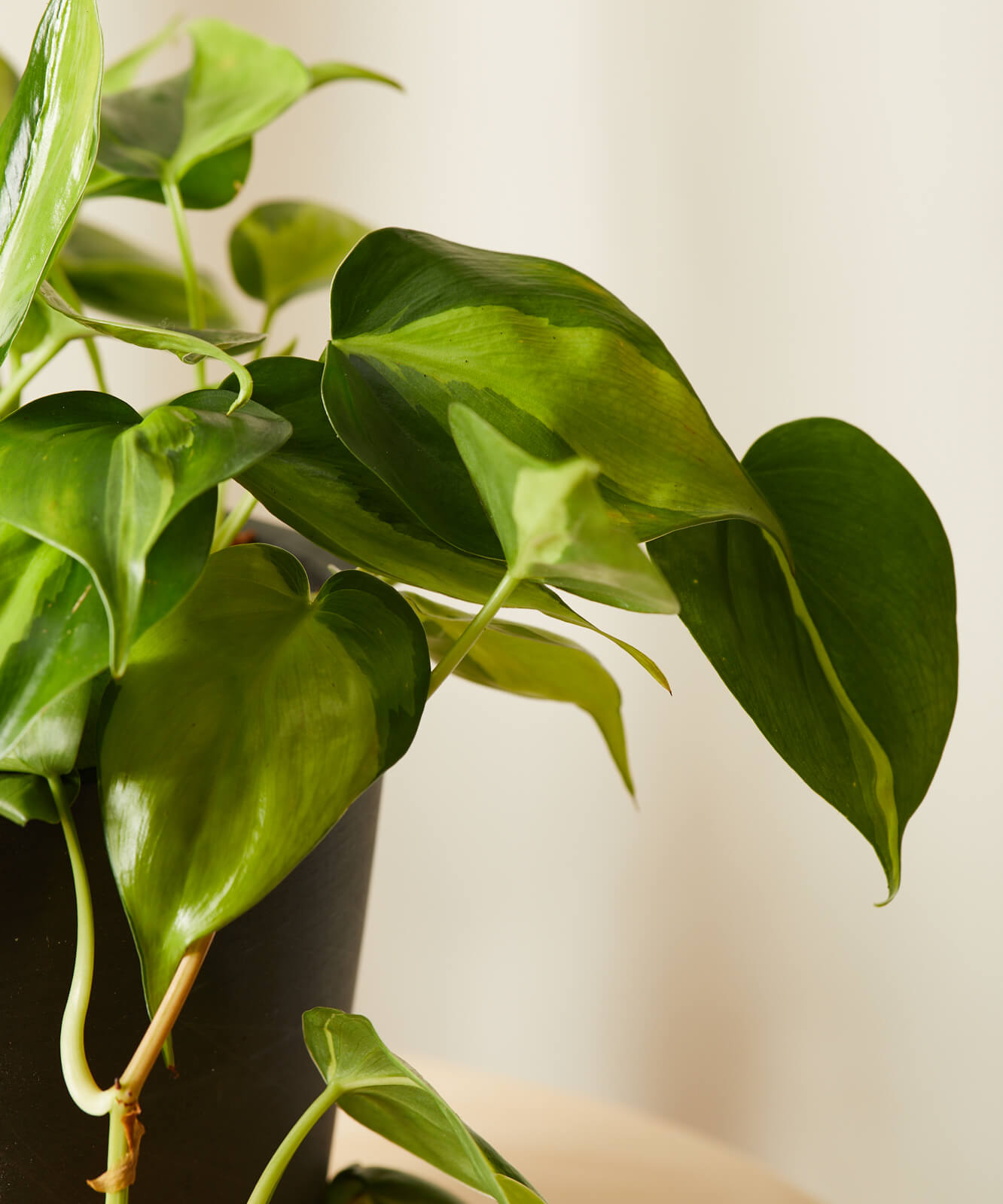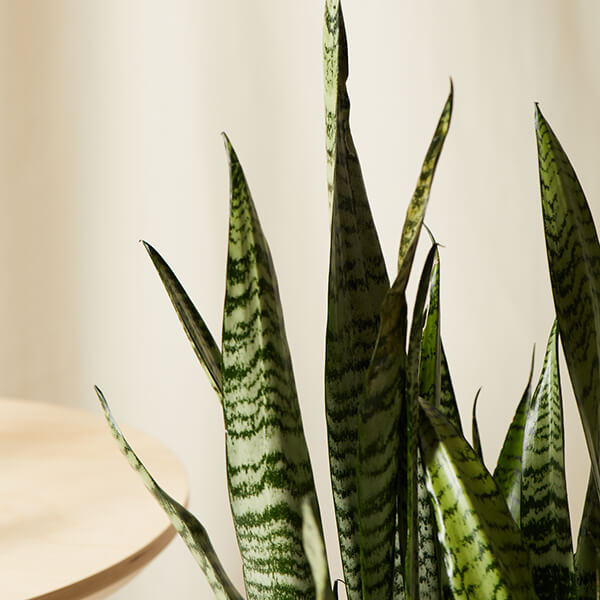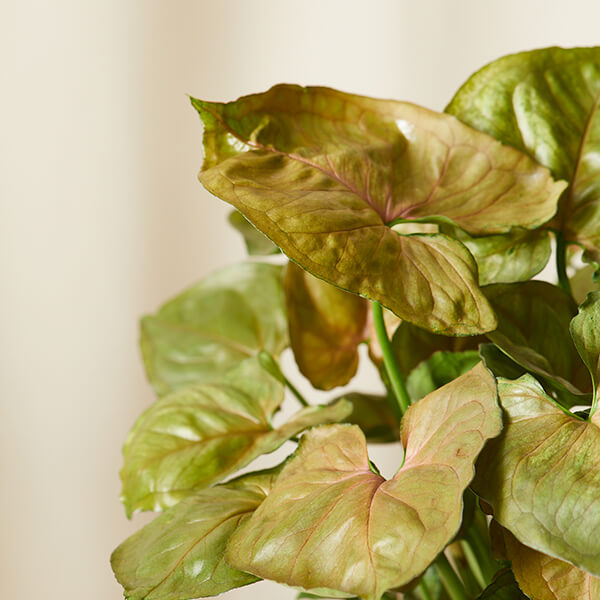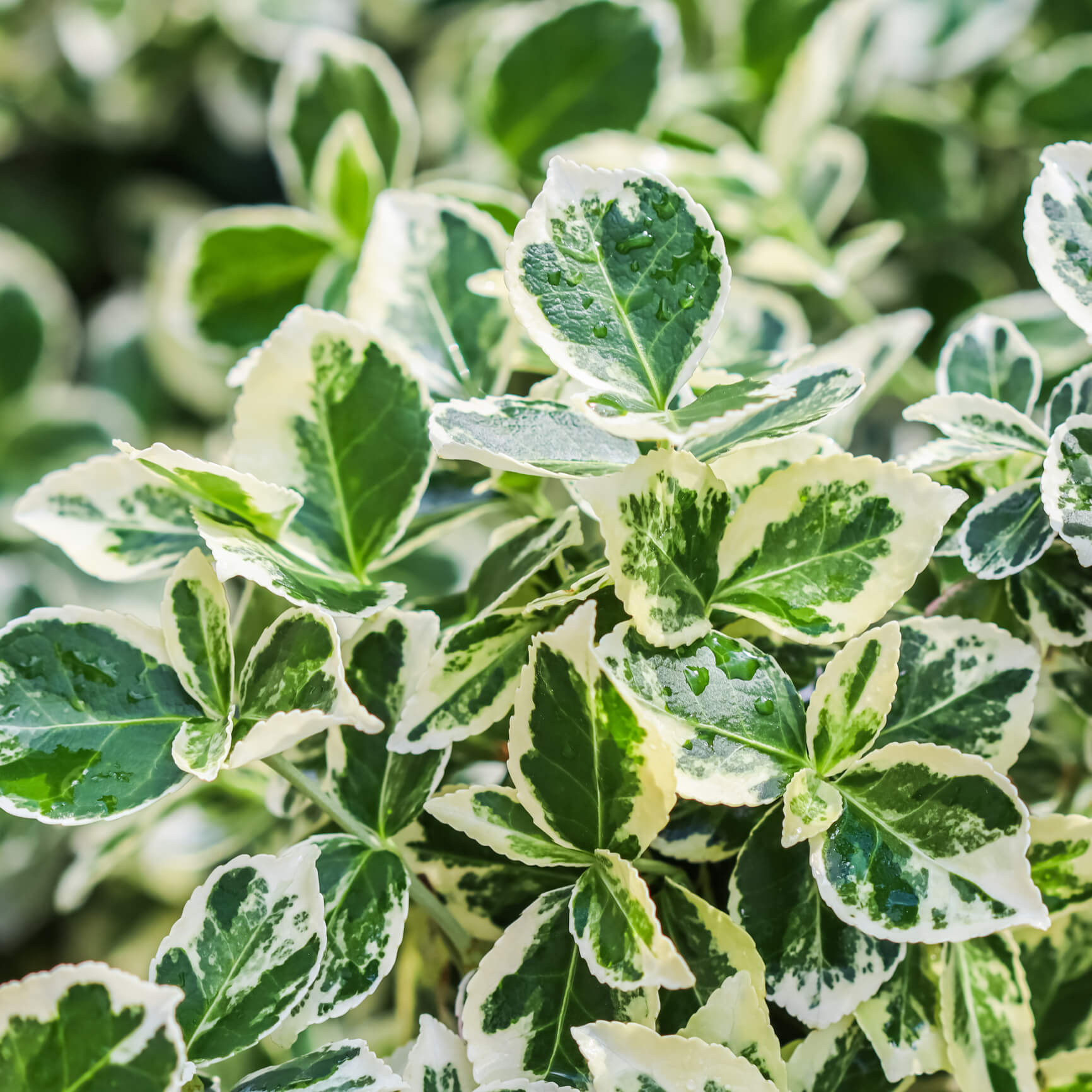Search
119 results found with an empty search
- Fittonia | Plantastic
< Back Fittonia Light: Your Fittonia prefers bright, indirect light. Lower light can cause it to lose some of its vibrant color and growth will slow. Too much light can burn the leaves. Water: Your Fittonia loves water and to be consistently moist, but not soggy. Water thoroughly when the top 50% of soil is dry. If you let your Fittonia dry out too much, it will let you know with limp leaves. Not to worry! After a thorough watering, the leaves should soon perk up. Pet-Safe: Fittonia are non-toxic and pet-friendly. Previous Next
- Yucca Cane | Plantastic
< Back Yucca Cane Light: Your Yucca prefers bright indirect light indirect to bright light. Too little light will cause growth to slow. Water: Water your Yucca when 75-100% of the soil volume is dry. Water until liquid flows through the drainage hole at the bottom of the pot and discard any water that has accumulated in the saucer. Pet-Safe: Yucca Plants are mildly toxic to pets and humans if ingested. Previous Next
- Yucca Cane | Plantastic
< Back Yucca Cane Light: Your Yucca prefers bright indirect light indirect to bright light. Too little light will cause growth to slow. Water: Water your Yucca when 75-100% of the soil volume is dry. Water until liquid flows through the drainage hole at the bottom of the pot and discard any water that has accumulated in the saucer. Pet-Safe: Yucca Plants are mildly toxic to pets and humans if ingested. Previous Next
- Aloe | Plantastic
< Back Aloe Light: Your Aloe plant prefers bright indirect light to full sun. Insufficient light will cause the leaves to droop downwards. If you don’t have a location with ideal lighting for your plant, use a Grow Light ! Water: Water your Aloe when the soil volume is 100% dry. Water thoroughly until it flows out of the drainage hole. Discard excess water to discourage root rot. Pet-Safe: This plant is toxic to pets and humans if ingested. Previous Next
- Philodendron Heartleaf | Plantastic
< Back Philodendron Heartleaf Light: The Philodendron Heartleaf can cope with low light conditions, but grows faster and produces more leaves bright indirect light. Do not put it in direct sunlight–the sun will burn the foliage. Water: Water your Philodendron when the top 50%-75% of the soil is dry. Water until liquid flows through the drainage hole at the bottom of the pot and discard any water that has accumulated in the saucer. Pet-Safe: Philodendron leaves are toxic to pets and humans. Typically, ingestion will result in swelling of the lips and tongue, and stomach irritation with possible vomiting. Previous Next
- Sansevieria | Plantastic
< Back Sansevieria Light: Your Snake Plant can tolerate any light level. The brighter the light, the faster it will grow. Always acclimate the plant over a few weeks if moving from indirect to direct light to avoid scorching the foliage. Water: Water only when the soil volume is 100% dry. It’s better to err on the dry side. Water thoroughly to encourage a healthy root system and discard any excess water in the saucer. Pet-Safe: Snake Plants are toxic to humans and pets if ingested. Previous Next
- Coffee Plant | Plantastic
< Back Coffee Plant Light: Your Coffee Plant prefers bright indirect sunlight, having developed in the lower levels of Ethiopian forests. Too much direct sunlight can brown the leaves. Water: Your Coffee Plant enjoys frequent waterings. Water when 25% of the soil volume is dry. Water until liquid flows through the drainage hole at the bottom of the pot and discard any water that has accumulated in the saucer. Pet-Safe: Coffee Plant leaves are toxic to both pets and humans. Previous Next
- Arrowhead Plant | Plantastic
< Back Arrowhead Plant Light: Your Arrowhead Plant prefers bright indirect light but can adapt to low light. Direct sun may burn the leaves. Water: Water when 50%-75% of the soil volume is dry. Water until liquid flows through the drainage hole at the bottom of the pot and discard any water that has accumulated in the saucer. Pet-Safe: Your Arrowhead Plant is considered toxic to humans and pets if ingested. Previous Next
- Euonymus | Plantastic
< Back Euonymus Light: Your euonymus will love bright, indirect sunlight. Avoid placing it in direct sunlight as this may cause the leaves to burn and turn white. Eastern exposure or a few feet back from a southern or western window is ideal. Water: Water when 50% of the soil volume is dry. Water thoroughly until you see it flow out of the drainage hole. Discard any excess water to avoid root rot. Your euonymus needs less water during the winter dormant season. Pet-Safe: The euonymus plant is toxic to humans and pets if ingested. Previous Next
- Anthurium | Plantastic
< Back Anthurium Light: Your Anthurium prefers bright indirect light. Direct sun may burn the leaves. The more light the plant receives, the more blooms your plant will produce. Water: Water your Anthurium when 50-75% of the soil volume is dry. Water until liquid flows through the drainage hole at the bottom of the pot and discard any water that has accumulated in the saucer. Overwatering causes yellow leaf tips and underwatering causes brown leaf tips. Pet-Safe: This plant is considered toxic to pets and humans if ingested. Previous Next
